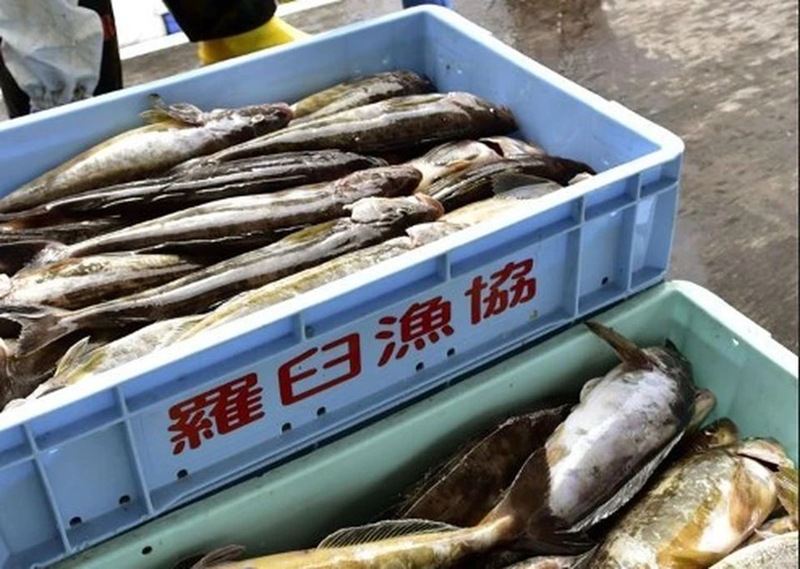According to the Japanese Fisheries Department, as a result of consultations held from March 10 to 13, Russia and Japan agreed to maintain salmon fishing quotas at 2050 tons in 2025, which corresponds to the figures of the previous year. Although this formally indicates stability, the question arises: is this “stability” enough to preserve fragile salmon populations migrating from Russian rivers in the face of increasing anthropogenic pressure and climate change?

The financial side of the agreement, which provides for payments by Japan to Russia in the amount of 180 to 313 million yen (approximately 1.2 to 2.1 million dollars) for the right to fish in the 200-mile exclusive economic zone of Russia, only emphasizes that economic interests still prevail over environmental ones.
The historically established cooperation between Russia and Japan in the field of fisheries certainly has its positive aspects. The annual consultations, based on the agreements of 1984 and 1985, allow, in theory, to take into account changes in ecosystems. But are these measures enough in modern realities? The ongoing consultations on fishing quotas in the exclusive economic zone of Russia give faint hope, but do not remove the general concern.
Although the agreement between Russia and Japan is formally aimed at “sustainable fisheries,” it reflects more a desire to preserve the status quo than a real concern for the future of marine ecosystems. It must be remembered that salmon are not just a “resource”, but an essential link in a complex food chain, and thoughtless treatment of their catch can have disastrous consequences for the entire ecosystem, including humans. True sustainability requires more drastic measures aimed at reducing fishing pressure and restoring populations, rather than maintaining a “stable” catch level.